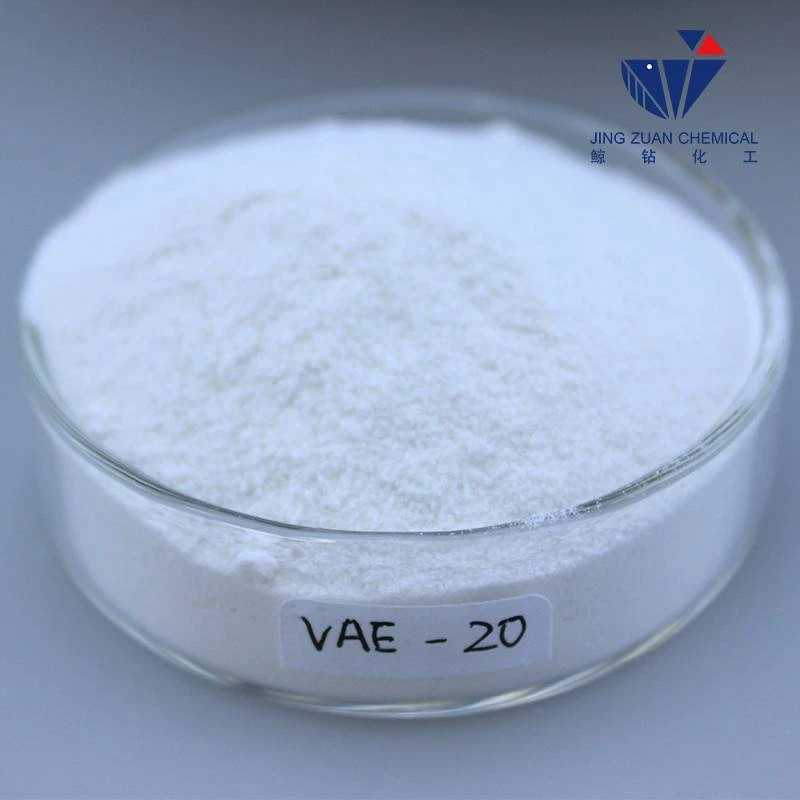
okt . 06, 2024 13:45 Back to list
hydroxyethyl cellulose solubility
Understanding Hydroxyethyl Cellulose Solubility
Hydroxyethyl cellulose (HEC) is a non-ionic polymer derived from cellulose, a natural polysaccharide. It is widely used in various industries such as pharmaceuticals, cosmetics, food, and construction due to its unique properties, including thickening, gelling, and film-forming abilities. One of the critical aspects of HEC that significantly influences its application is its solubility in different types of solvents. This article explores the factors that affect HEC solubility, the implications of its solubility properties, and its practical applications.
Chemical Structure and Solubility Characteristics
HEC is synthesized by the etherification of cellulose with ethylene oxide. The introduction of hydroxyethyl groups increases the polymer's hydrophilicity, which contributes to its solubility in water. The solubility of HEC is influenced by several factors, including the degree of substitution (DS) of hydroxyethyl groups on the cellulose backbone, molecular weight, and temperature.
1. Degree of Substitution (DS) The DS refers to the average number of hydroxyethyl groups substituted on the cellulose molecule. A higher degree of substitution typically increases HEC's solubility in water. This is because more hydroxyethyl groups enhance interactions with water molecules, facilitating better dissolution.
2. Molecular Weight The molecular weight of HEC also plays a crucial role in its solubility. Lower molecular weight HEC tends to dissolve more easily in water than higher molecular weight forms. This can be attributed to enhanced mobility of low molecular weight chains, which allow them to interact more efficiently with water molecules.
3. Temperature Temperature can significantly impact the solubility of HEC. Typically, increasing the temperature enhances the solubility of HEC in water. The kinetic energy of molecules increases with temperature, resulting in faster dissolution rates and improved solvation dynamics.
hydroxyethyl cellulose solubility

4. pH and Ionic Strength The pH of the solution and the presence of salts can also affect HEC solubility. At extreme pH levels, the ionization of functional groups may alter the polymer's interactions with water. Additionally, salts can influence the solvation shell around the HEC molecule, either promoting or hindering its solubility.
Implications of Solubility
The solubility characteristics of HEC have significant implications for its usage across various sectors. In the pharmaceutical industry, HEC’s solubility properties dictate its role as a thickening agent in formulations, ensuring desired viscosity and stability in products such as gels and creams. In cosmetics, water-soluble HEC contributes to the texture and application of creams, lotions, and other personal care products, enhancing their performance through improved spreadability.
In the food industry, HEC is employed as a fat replacer and thickening agent, where its solubility impacts mouthfeel and product stability. Its biocompatibility and non-toxic nature make HEC an ideal additive for various food applications.
In construction, HEC is used in cement and mortar formulations to improve workability and reduce water content, which leads to better adhesion and mechanical properties. The solubility of HEC affects how it can modify the rheological properties of these mixtures, making it essential for achieving the desired flow characteristics.
Conclusion
In conclusion, hydroxyethyl cellulose's solubility is a fundamental property that dictates its functionality and effectiveness in numerous applications. Understanding how factors like degree of substitution, molecular weight, temperature, pH, and ionic strength influence HEC’s solubility is crucial for formulators and manufacturers across various industries. With its versatile properties, HEC continues to be an essential polymer in the development of innovative products that meet consumer needs while adhering to safety and quality standards. As research advances, further exploration into HEC’s solubility characteristics could lead to more specialized applications and improved formulations in the future.
-
The Widespread Application of Redispersible Powder in Construction and Building Materials
NewsMay.16,2025
-
The Widespread Application of Hpmc in the Detergent Industry
NewsMay.16,2025
-
The Main Applications of Hydroxyethyl Cellulose in Paints and Coatings
NewsMay.16,2025
-
Mortar Bonding Agent: the Key to Enhancing the Adhesion Between New and Old Mortar Layers and Between Mortar and Different Substrates
NewsMay.16,2025
-
HPMC: Application as a thickener and excipient
NewsMay.16,2025
-
Hec Cellulose Cellulose: Multi functional dispersants and high-efficiency thickeners
NewsMay.16,2025







